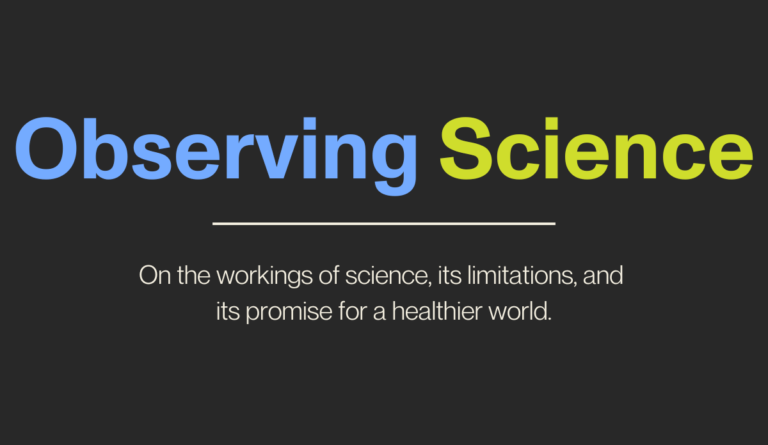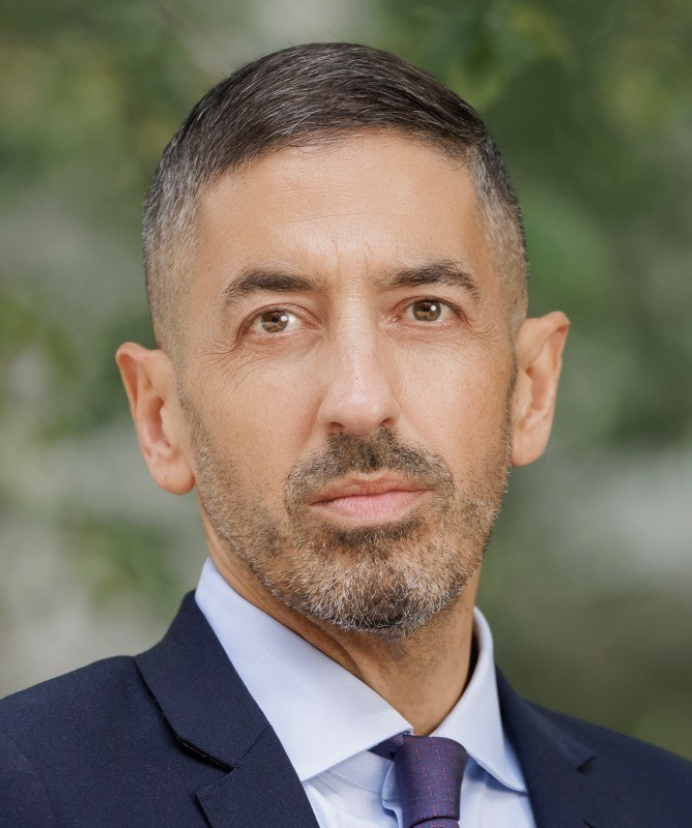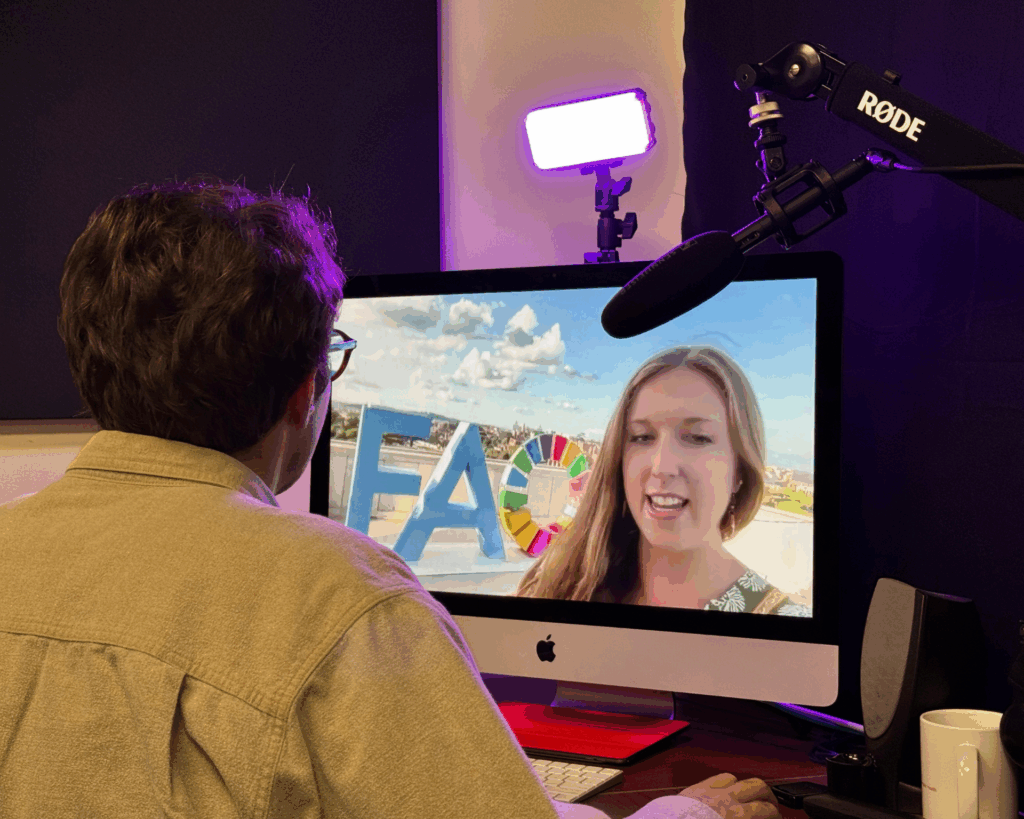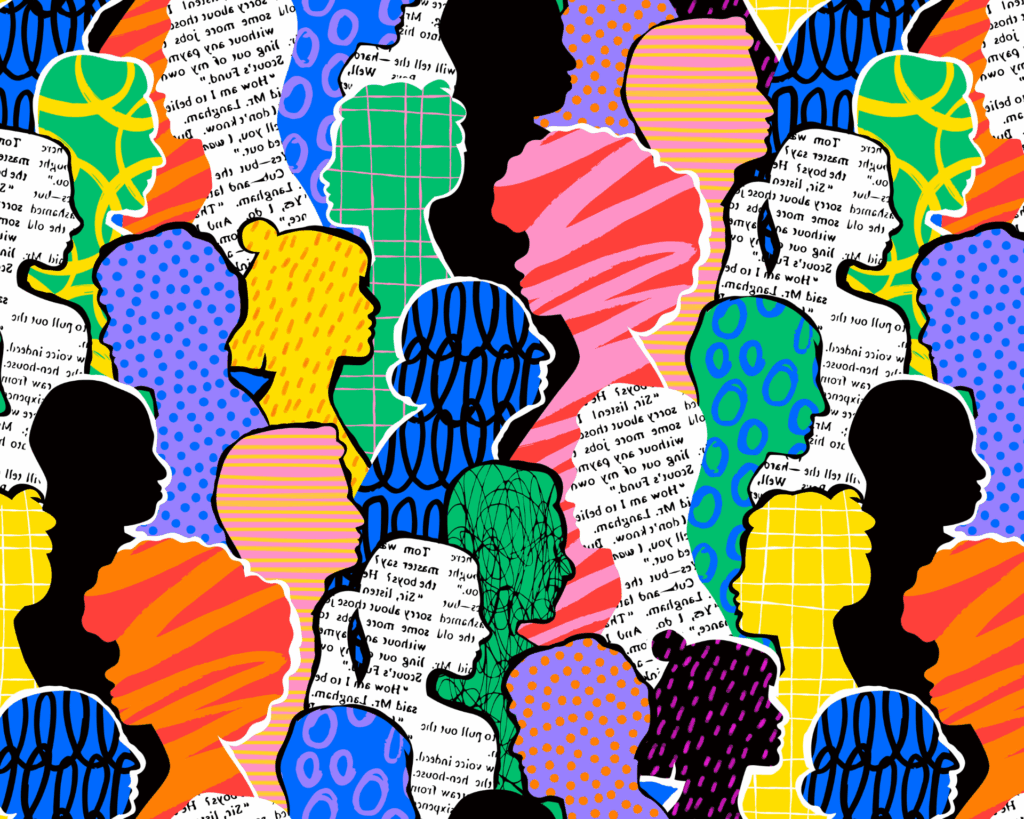The Public Trust Problem
The goodwill and trust of the public is essential for science to have the patronage it needs to progress and evolve.

Read Time: 4 minutes
Published:
Public opinion polling shows a remarkable drop in confidence in science over the past few years, with only about half of all Americans saying that science has a mostly positive effect on society. Only about a third of Americans now trust the National Institutes of Health and the Centers for Disease Control and Prevention, the two most prominent organizations whose work is based on the health sciences. Given that scientists—perhaps particularly those working in the health sciences—need to engage the world around them to ensure that our work has impact, these votes of non-confidence suggest that something is being lost in translation.
How do we think about the trust problem? There have been plenty of convincing arguments about why the general public should trust science, and more recently efforts to understand why the public does, or does not. We suggest that there is no one answer to the current shift in trust in science, but that it may help us to recognize that four key factors come into play.
There are actors with malintent, who actively work to undermine the work of science. There is of the use, for example, of bots to spread disinformation aiming to intentionally mislead. Such undermining arises for any number of reasons—including those instances where science does not align with ideological positions—and is done with disruptive intentions, to seed confusion and to hinder progress. So, one reason for the decline in public confidence is brought about by others, by enemies of science.
The goodwill and trust of the public is essential for science to have the patronage it needs to progress.
Second, science is caught up in a wider political attack on the administrative state. Science is in part government institution-based, and thereby becomes a casualty of the current, largely partisan attack on government. Relatedly, the production of science is the work of experts and culturally we have growing doubts about official knowledge. Conspiracists favor outsider thinking. Americans have moved past reasonable doubt and onto unwarranted skepticism about most professional expertise, including science.
A third part of the reason for decreasing trust in science is our own missteps, high profile promulgation of ideas that generate public skepticism. While this happens regularly, it was a particular challenge during a pandemic, when widely communicated predictions about pandemic trajectory were—as predictions often are—wrong time and again, leading to a collective fatigue with the products of science. This requires a rethink of what science we communicate, with what confidence, and to whom. We suggest that many people come to trust science when it admits to things it does not know.
The last piece of this puzzle is related to how we communicate. The emergence of new digital approaches has upended the pace and process of communication, which has unquestionably changed how science is communicated and how the public sees it. A world where a majority of young people get their news from TikTok, but where 84% of mental health information on the platform may be incorrect or misleading, requires a reassessment of how science engages with the public, how we tell the story and findings of science. The pace of science, how it intersects with the requirements of digital media, and how to engage with these media will be ongoing concerns for this generation of scientists.
The goodwill and trust of the public is essential for science to have the patronage it needs to progress. It seems too easy to say that the problems of science lie with bad apples outside the field. It will be difficult in this moment, but we need to self-critically try to rebuild public trust. This will require celebrating the products of science while offering a full display of our data, and its fair evaluation, even when inconvenient.
Previous Issue: Science and the Phantasies of Our Time




